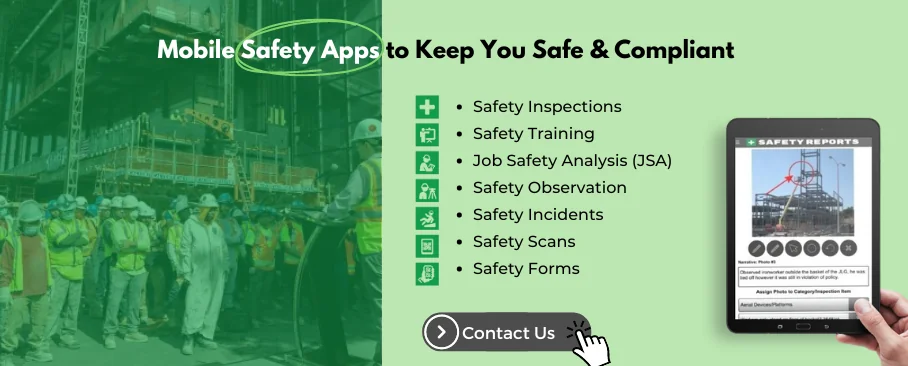3 Best Practices for Communication During a Safety Incident
Construction and manufacturing job sites often have both high risk and low-risk zones, and areas where a varying number of workers are present at any given time. The varied nature of a construction site means that in the event of a safety incident, a worker may find themselves in a dangerous situation with no contact – no help.
A clear communication protocol that can be executed under any condition will ensure all employees stay informed and prepared to follow the safety protocol at any moment. These are the three best communication practices for job site supervisors and safety managers to follow during a safety incident.
1. Assign Specific Informers for Every Crew
Misinformation can make a dangerous situation deadly. If the wrong information passes to medical professionals, they could be unprepared to treat an injured individual. An incomplete story could make an accident seem like negligence to supervisors. Notifying workers of an incident when upset could cause panic among crew members, putting others in danger as well.
Correct information given calmly is the best way to avoid further injuries and miscommunication. Every crew, large or small, should have one worker assigned to be an informer in the event of a safety incident. This worker should be reliable and able to communicate clearly and calmly. They may even be trained in delivering emergency messages and bad news effectively. It will be their responsibility to alert the rest of the job site and contact the proper chain of command when incidents occur.
Radios are perfect for direct communication, but when an incident occurs, the Safety Reports Incident App makes reporting fast and easy. Workers at any level can document incident reports from mobile phones, tablets, and computers from anywhere.

2. Arm Employees with Radios
Most people these days carry a mobile phone with them everywhere, but mobile phones use cell services, which are often unreliable in confined or blocked spaces and outside city limits.
Most construction managers equip some workers, usually overseers, with mobile communication devices like radios. Unlike cell phones, which can take time to power up, unlock, and use, radios can be turned on almost instantly.
Two-way radios are the most effective devices in an emergency. They allow near direct communication between those in possible danger and those outside of, or in control of the situation.
Commercial radios used in construction and manufacturing plants often include helpful features that can save time and alert the right person without anyone speaking.
For instance, some radios include a “man down” feature. This feature makes a distinct high pitched sound when they are in a horizontal position for a prolonged time. Another feature is an emergency alert button, which causes another radio to ring or creates a system-wide alert.

3. Implement the Buddy System
Finally, there is a time and place to be alone and working on a construction job site or manufacturing floor is not one of those times. The “buddy system” should be implemented anytime a worker is on the work floor.
We don’t mean workers need to hold hands or even be directly next to one another; we’re referring to the buddy system in a more conceptual sense. While on the job, workers should be in charge of knowing where another crew member is at all times. This could simply mean double-checking every few minutes that they are not in the way of any moving machinery, or that they’ve met the crew at a designated location before work or during breaks to ensure everyone is there.
Conclusion
Want to change how you report an incident?
Using the Safety-Reports Incident Reporting App greatly reduces the amount of time it takes to document injuries, illnesses, and near misses! Just open the app on your smartphone, tablet, or computer and your incidents will be professionally documented in minutes! Imagine what it would be like to receive incident reports in real-time!

